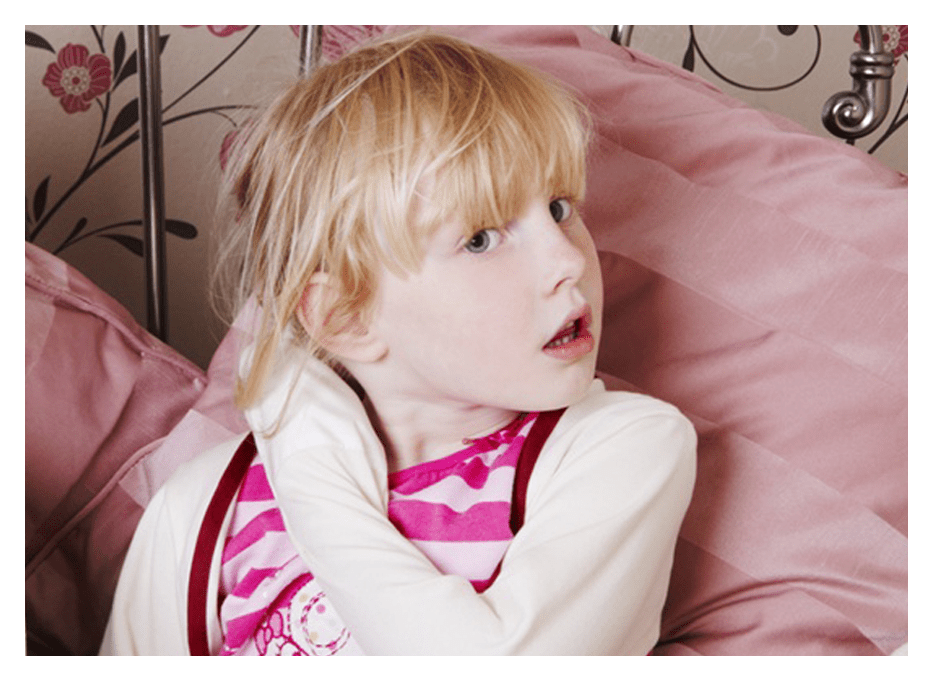Stop Hair Pulling In Babies & Toddlers
The vast majority of babies and toddlers will grow out of pulling out their hair before they start school with minimal intervention. But for their parents, this can seem an awfully long time to wait. ScratchSleeves can protect your child’s hair and help them to break the hair pulling habit faster.
Why do babies and young children pull out their hair?
Hair-pulling in the under 2s is usually a self-comfort action, often starting as twirling their hair around their fingers and only later progressing to pulling. It is often associated with thumb-sucking but can also be related to boredom: young children who pull their own hair are often very bright. At this age hair pulling is usually by twisting and is an extension of the original hair twirling action.
As babies grow into toddlers, hair pulling which started self-comfort can turn into a habit. By this age the pulling has typically changed into a direct tug. By the time they are around 3, children can tell what the adults around them are reacting to. If parents are worried or upset when their child pulls out their hair, that hair pulling can become an effective addition to the usual toddler tantrums.
How to stop hair pulling in babies and toddlers
It is important to distinguish between hair pulling that is a comforting habit and hair pulling that is a tantrum. If the hair pulling is a habit, ignoring it will allow the behaviour to become more entrenched, but if it is a tantrum acknowledging it can make things worse.
Breaking the hair pulling habit
- Keep hair too short for twirling or gripping – from social point of view, this is easier for boys than girls
- Use hats to cover up your little one’s hair and reduce the temptation to pull
- Identify the times when your child tend to pull their hair most and focus your hair protection efforts then – common times are as they are falling asleep, watching TV or tired
- Distraction – when your child starts touching their hair remove their hands and give them fiddly or tactic toys to play with: Tangle toys , a taggie toy or super soft cuddly toys are good
- Cover their hands – ScratchSleeves work really well, especially at night. The smooth silk mitts slide over the hair making it impossible to get a good grip and they are tricky for young children to take off. For tactile children who like the feel of their hair, the silk mitts also make a great comforter in themselves.
- If your little one is old enough to understand, reward charts are often effective especially if they pull their hair during the day. Download our printable reward chart and stickers. At night, ScratchSleeves work really well for older children as well

There is a correlation between thumb sucking and pulling hair. If your little one is a thumb sucker as well, it is usually more to work on reducing thumb sucking and hair pulling together.
Dealing with hair pulling tantrums
If you toddler pulls out their hair during tantrums or as a conscious act of protest attempts to stop the may inadvertently alert the child to the effectiveness of this behaviour in upsetting the parent. Approach it as you would any other tantrum antics: act unimpressed and don’t change your stand, try diverting their attention elsewhere and if that doesn’t work let them go for it – toddlers may not have much sense but they aren’t stupid and won’t carry on doing something that isn’t effective for long.
Hair pulling in older children
When hair-pulling starts after 4, it is typically more hidden and can be a sign that something is worrying the child. It may be the early stages of trichotillomania, also known as TTM or trich, a psychological condition that involves the compulsion to pull out one’s hair. While trich typically starts at between 9 or 13, it can occur earlier, often following a period of stress or illness. If you think your child has trich, consult your GP as there are a number of treatment options.
Recent research has also shown that hair-pulling in older children and adults can be the result of irritation and itchiness from Malassezia, a naturally occurring skin and stomach yeast. Levels of this yeast can be controlled through changes in diet, but note that this research has yet to be thoroughly tested. Other research suggests that the dietary supplement N-acetylcysteine can help.
In older children whose hair pulling is habitual rather than the result of an emotional issue, a small study showed that hypnotherapy can be an effective treatment.
If your little one sucks their thumb at the same time as pulling their hair, we can remove a mitt for you free of charge so they still have access to their thumb to self soothe. Just let us know which side!
Useful links
- Tangle toys – great for keeping hands busy
- Dealing with toddler tantrums – practical advice from Dr Chris Green
- www.trich.org – US based trichotillomania support group with great resources
- Controlling Malassezia levels through diet – controlling irritation related pulling
- N-acetylcysteine supplements – can reduce the urge to pull


Quick buy





